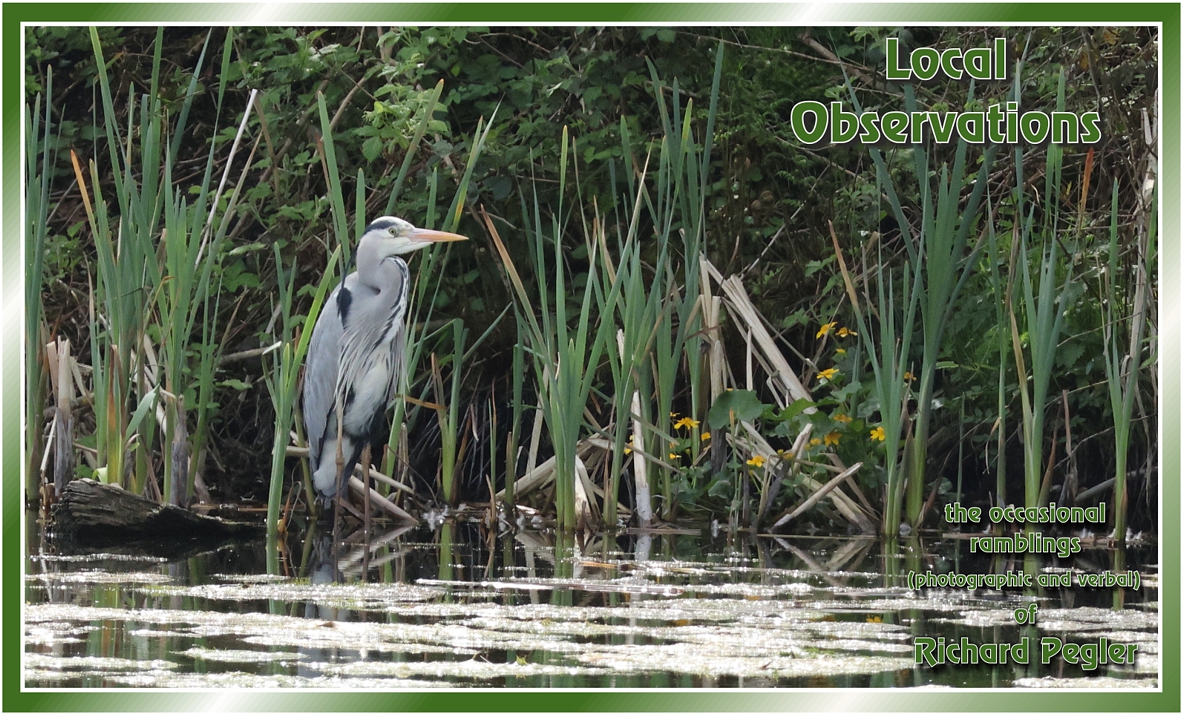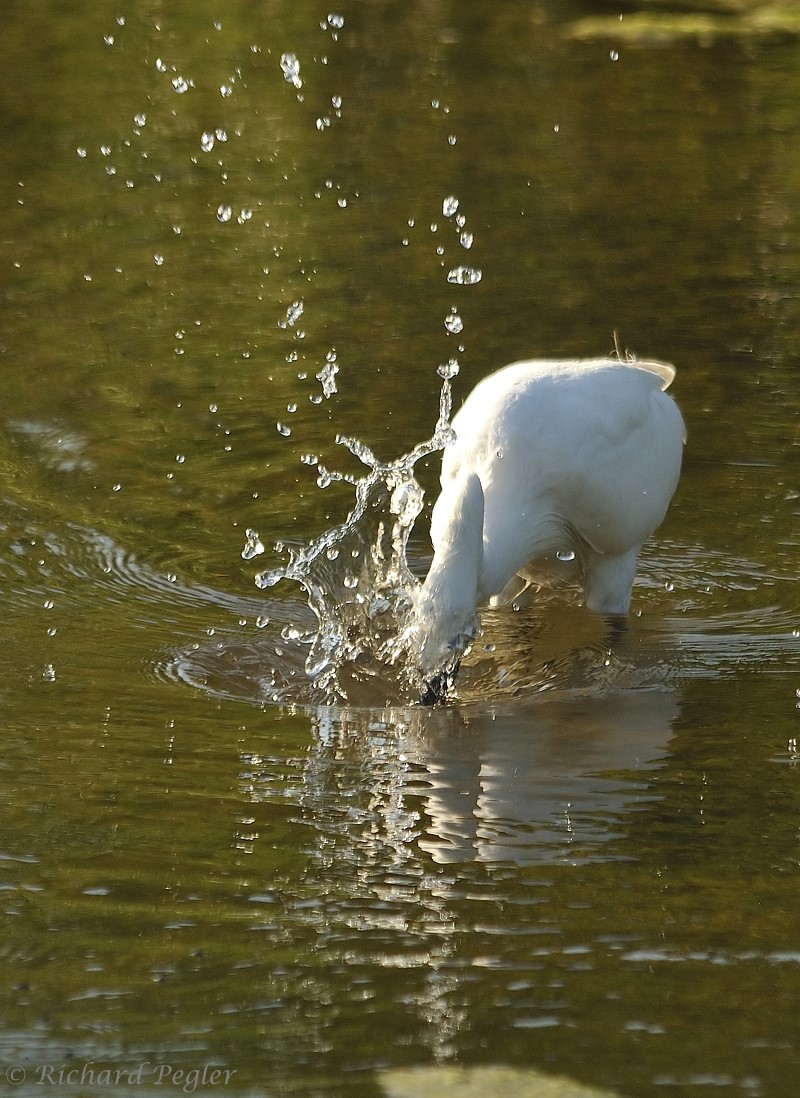This post covers two visits to Rutland Water with my pal, Titus - the first purely for pleasure, and the second when we were on Osprey Watch (also a pleasure!).
Thursday 17th July
Only one owl was seen on our way over to Rutland Water - a juvenile Little Owl at my Site No.34. Our main objective at Rutland Water was to try and find some dragons and damsels, and for this we went to the Egleton Reserve, rather than our usual destination of the Lyndon Reserve.
We first stopped at the rather formal 'dipping pond' near the visitor centre. Here we found a male Four-spotted Chaser (Libellula quadrimaculata). I'm not very happy with the images - it only settled at a great distance and I had to use the 150-500, rather than the 28--300 (macro) - but it's a long while since I photographed one of these so I'll include a couple of images.
 |
| Four-spotted Chaser (Libellula quadrimaculata) (male) - Rutland Egleton reserve |
Travelling south-west from the Visitor Centre, we came to the small informal pond. A couple of large dragonflies were briefly spotted but not identified, but there were, of course, several Common Blue Damselflies (Enallagma cyathigerum) around. The immature males, one of which is shown below, are quite pale in colour.
 |
| Common Blue Damselfly (Enallagma cyathigerum) (immature male) - Rutland Egleton reserve |
 |
| Common Blue Damselfly (Enallagma cyathigerum) (male) - Rutland Egleton reserve |
Continuing on the broad section of track, we found another Four-spotted Chaser and then, further on a female Southern Hawker (Aeshna cyanea). These images were also taken with the 150-500, but at a somewhat closer distance than with the Chaser.
 |
| Southern Hawker (Aeshna cyanea) (female) - Rutland Egleton reserve |
On the way back, I failed to get a usable image of a male Ruddy Darter, but did find a male Common Emerald Damselfly (Lestes sponsa). Again, not an image I'm happy with, but the first for the year of this species.
 |
| Common Emerald Damselfly (Lestes sponsa) (male) - Rutland Egleton reserve |
On the way back home four Little Owls (Athene noctua), one of which was a juvenile, were seen. I managed this shot of an adult with prey (a decent sized meal for the family - his, not mine!) at my Site No.34.
+-+RP34.jpg) |
| Little Owl (Athene noctua) - my Site No.34 |
Thursday 24th July
As previously mentioned, this was an Osprey Duty day at Rutland Water. On the way, we only saw three Little Owls (Athene noctua). Fortunately one of these, at my Site No.34 again, was very obliging. I think that I can confidently say that this is not the same owl as that depicted in the previous image
 |
| Little Owl (Athene noctua) - my Site No.34 |
At Rutland Water we arrived early, allowing us time for the walk between Waderscrape Hide and Shallow Water Hide. There were a few Common Blue Damselflies (Enallagma cyathigerum) around, and plenty of butterflies. Although it was hot and sunny, it was very breezy, making macro photography very difficult. The following is all I could manage.
 |
| Large Skipper (Ochlodes venata) (male) - Rutland Lyndon reserve |
 |
| Common Blue Damselfly (Enallagma cyathigerum) (male) - Rutland Lyndon reserve |
 |
| Common Blue Damselfly (Enallagma cyathigerum) (immature male) - Rutland Lyndon reserve |
 |
| Little Egret (Egretta garzetta) - Rutland Lyndon reserve |
Thank you for dropping by. I believe that my next post will feature a splendid three hours that I had on Saturday 26th July, in which the two Green Woodpeckers featured in my current header showed up.





















+-+RP41.jpg)
+-+RP41.jpg)
+-+RP41.jpg)
+-+RP41.jpg)

j)+-+RP41.jpg)


+-+RP41.jpg)
+-+RP41.jpg)
+-+RP41.jpg)



+-+RP41.jpg)












